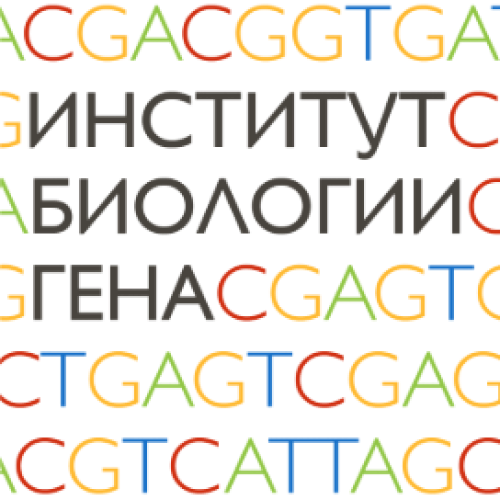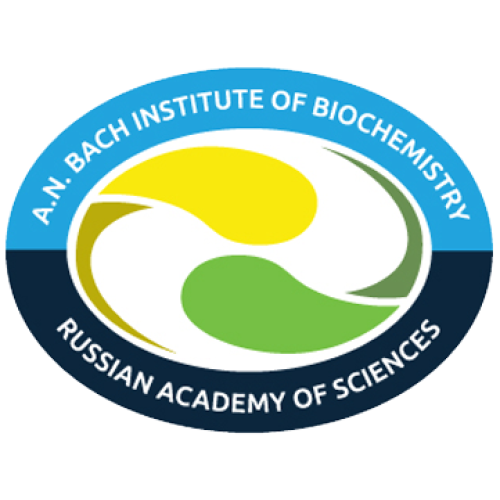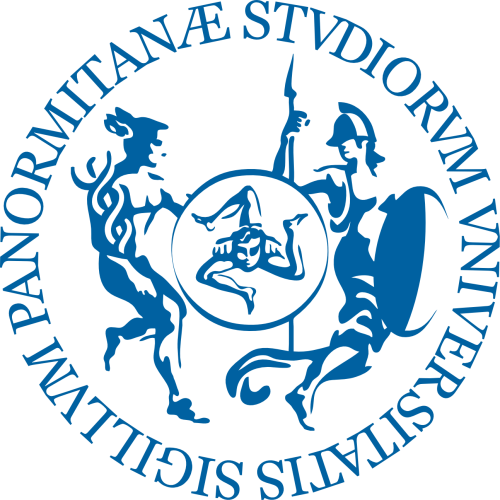Department of Electron Microscopy
Publications
108
Citations
2 074
h-index
22
Authorization required.
A center for collective use in the field of biological optical and electron microscopy, with a personal interest in the structural and functional organization of the eukaryotic genome
- High-resolution transmission microscopy
- Confocal microscopy
- Subdifraction microscopy
Igor Kireev
Head of Laboratory

Sergei Golyshev
Senior Researcher

Oxana Zhironkina
Senior Researcher

Natalia Ovsyannikova
Junior researcher

Svetlana Lavrushkina
PhD student
Research directions
SMC complexes in the regulation of genome replication and segregation
+
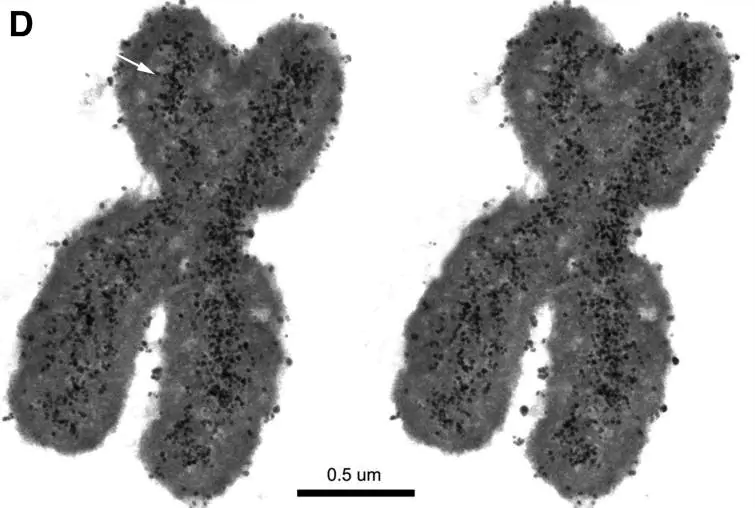
Accurate transmission of genetic information during mitosis requires a high degree of compactification of genetic material. In higher eukaryotes, the compactification process is carried out due to complex multilevel chromatin stacking involving several types of architectural chromosomal proteins, including complexes based on SMC proteins (cohesin and condensin). The way chromatin is packaged, and therefore the features of its dynamics and the nature of interaction with architectural proteins, may differ in different functional domains of chromosomes, however, these aspects of the spatial organization of chromosomes have not been sufficiently studied. Modern progress in this field, associated with the development of high-performance sequencing technologies and molecular methods for analyzing chromatin conformation (3C and its modifications), has allowed indirect methods to confirm previously expressed hypotheses about the existence of topologically isolated chromatin domains, however, to create a complete picture of the nature of the spatial organization of the eukaryotic genome at various packing levels requires more complete integration of molecular and structural data. In this regard, it is especially important to compare structural information about DNA packaging with the composition of known gene loci with data from the analysis of intermolecular contacts in them. Unfortunately, modern approaches to the study of the structural organization of chromatin either do not have a sufficient level of spatial resolution, or violate the structure of chromatin, which requires the development of new methods. Disruption of the function of the architectural proteins of chromosomes, for example, as a result of mutations associated with Cornelia de Lange syndrome, leads primarily to genetic instability due to defects in the segregation process of genetic material, as well as violations of chromatin compactification. The proposed project is aimed at investigating the structural organization of higher-order chromatin domains and clarifying the role of cohesin complexes in their formation. Special attention will be paid to the study of the local dynamics of various structural and functional domains of chromosomes in the cell cycle, including chromatin rearrangements for replication and mitotic compactification, as well as changes in transcriptional status against the background of cohesin mutations, in cellular models recapitulating the phenotype of Cornelia de Lange syndrome.
Nuclear lamina is normal and pathological
+
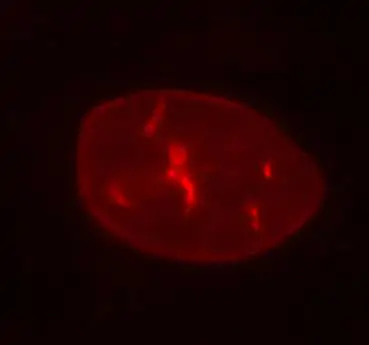
The main function of the nuclear envelope proteins, lamins (proteins belonging to the V class of intermediate filaments), is to maintain the integrity of the nucleus. Mutations in various regions of the LMNA gene lead to the development of various diseases, including lipodystrophy, muscular dystrophy and accelerated aging syndromes, among which Hutchinson-Gilford progeria (HGPS) is the most famous, a rare disease (one case per 8,000,000), most often associated with the mutation 1824C>T, leading to the accumulation of an immature form of lamin A - Progerina. One of the possible mechanisms for the development of progeroid syndromes with mutation in the LMNA gene is a violation of epigenetic regulation carried out with the participation of nuclear lamina and implemented both at the level of control of post-translational modifications of histones and at the level of the structural organization of chromatin, including 3D positioning of gene loci. This project aims to investigate the epigenetic aspects of the development of progeroid syndromes in models of differentiating in vitro induced stem cells obtained from patients with HGPS, with an emphasis on violations of local and global chromatin organization
Publications and patents
Found
Nothing found, try to update filter.
2017
—
2019
| Киреев Игорь Игоревич
Lab address
119234, г. Москва, микрорайон Ленинские Горы, дом 1, стр. 40
Authorization required.






